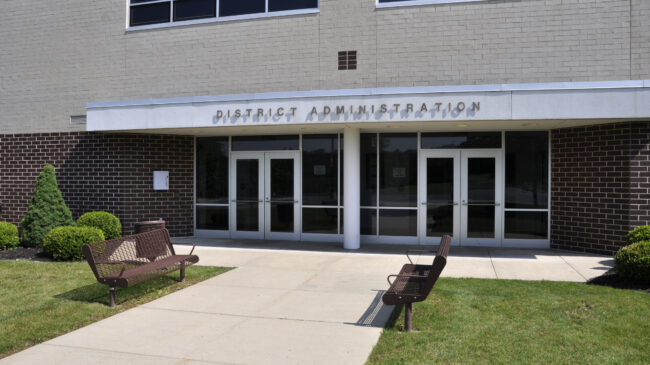Extended school closures and COVID-19 pandemic policies have left many families disenchanted with public K-12 education. For a multitude of reasons, including dissatisfaction, public school student enrollment declined by 1.2 million students nationwide between 2020 and 2022.
K-12 public schools may be able to regain some families’ trust by showing they are open to all families—regardless of where they live through public school open enrollment. Open enrollment policies weaken attendance zone and school district boundaries, letting students enroll in schools other than their residentially-assigned school so long as seats are available in the chosen school.
While approximately 43 states claim to have some sort of open enrollment program, most of these laws fall short of providing a good open enrollment policy that is accessible to all families. A key component of open enrollment laws that most states lack is mandatory school district participation. School districts should only be able to reject transfer applicants for limited reasons, such as not having the capacity to accommodate them.
Without mandatory participation rules, protectionist school districts may opt out of open enrollment policies in order to protect their geographic monopolies. For instance, even though most of Ohio’s school districts participate in open enrollment, affluent suburban school districts often refuse to participate. Currently, only 11 states require mandatory participation in open enrollment.
Of these, only three states—Kansas, Oklahoma, and Wisconsin—have transparent open enrollment reporting by state education agencies (SEAs), which supervise the public elementary and secondary schools in the state. Every year, these three states require their SEAs to publicly report school district open enrollment practices including the number of transfer applicants, the number of transfer applications that were rejected, and the reasons for those rejections.
Wisconsin’s SEA reports are some of the best in the nation. They provide a wealth of information about open enrollment including key data, such as the number of transfers to and from each school district and the reasons transfer applications were rejected.
Oklahoma’s new open enrollment law also includes requirements for transparent and comprehensive SEA reports. In addition to showing the number of transfer applicants by grade level, the number of transfer applicants rejected, and the reasons why, the state’s Office of Educational Quality and Accountability is supposed to conduct randomized audits of 10% of Oklahoma’s public school districts, including reviewing the school district’s records for accepting or rejecting transfer students.
Transparent SEA reports ensure that school districts are all playing by the same rules and don’t reject transfer applicants for superficial or discriminatory reasons. For example, Columbia University’s Randall Reback’s research showed that even though Minnesota’s open enrollment law only allows school districts to reject transfer applicants when demand exceeds the number of available seats, some school districts rejected transfer applicants for other reasons. Reback wrote:
“Regardless of whether a district has historically high enrollments, it is much more likely to reject transfer applicants if its mean student test scores or household socio-economic characteristics are substantially greater than those of a neighboring district.”
To ensure school districts aren’t bending the rules, states should also bolster their open enrollment laws by requiring SEAs to publicly report this important data. This is an easy way for policymakers to make public education more transparent and accountable to families.
Some states could improve their policies with little effort. Florida’s SEA, for instance, already collects important open enrollment data such as the number of transfers, the number of rejected transfer applications, and the reasons for the rejections. However, the state does not make this data available to the public.
Similarly, Texas publicly reports the number of transfers but does not report the number of rejected applications or why applications were rejected. Updating the state’s annual open enrollment reports to include this data could vastly improve transparency.
Six other states—Iowa, Louisiana, Maine, Massachusetts, Minnesota, Mississippi, and South Dakota—collect some data about open enrollment transfers. These states’ SEAs could easily expand their reports to include all pertinent data and make them publicly available on a yearly basis.
Transparent SEA reports are a simple but important way to improve open enrollment laws. The valuable data they contain helps ensure that school districts are held accountable for their open enrollment practices, letting students access all available education options.
Without transparent reports, protectionist school districts could discriminate against unwanted transfer applicants with impunity—even in states with good mandatory open enrollment laws.
Transparent open enrollment reporting is key to developing a level playing field for students. As school districts strategize about how to attract and retain students from a shrinking student population, opening their doors to all students regardless of where they live is the best solution.

